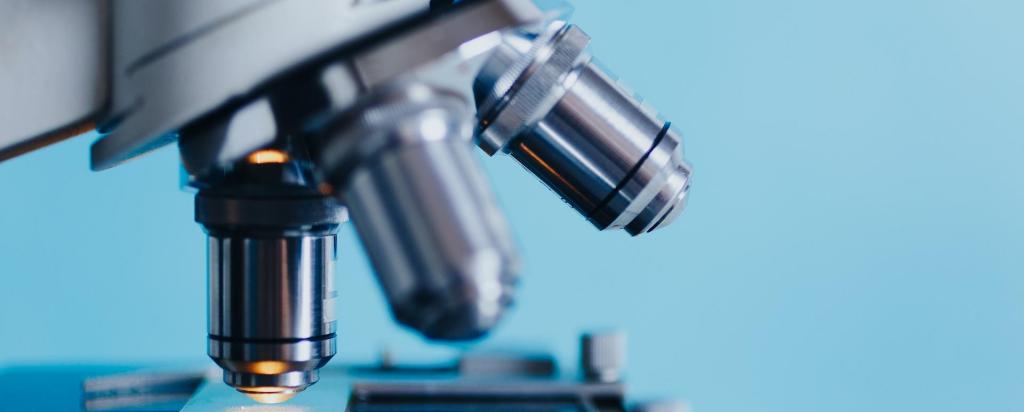
2015 Australian Synchrotron Stephen Wilkins Thesis Medallist Dr Donna Whelan in her new laboratory at New York University in United States.
Dr Donna Whelan, 28, whose early career has taken her from Noble Park to New York City, has taken out a prestigious annual Australian Synchrotron award for her novel approach to comparing two powerful microscopy techniques to improve imaging of cells beyond the naked eye.
Dr Whelan, who completed her PhD at Monash University using the Australian Synchrotron and who is completing postdoctoral studies at New York University in the United States, was awarded the 2015 Australian Synchrotron Stephen Wilkins Thesis Medal for her research, which included designing a new approach to ‘super-resolution’ microscopy to visualise and investigate DNA, informed by synchrotron science.
Dr Toby Bell, School of Chemistry at Monash University and Dr Whelan’s PhD supervisor, says Dr Whelan’s insight, gained by combining the super-resolution technique with live-cell imaging on the Infrared Spectroscopy (IR) beamline at the Australian Synchrotron, will improve how these techniques can work in tandem to help scientists peer deep into individual cells.
‘Using the bright light of the IR beamline at the Australian Synchrotron, Donna investigated cells when alive, when dehydrated, and when “fixed” with chemicals, before taking the fixed samples back to the laboratory at Monash, on the same day, to image the fine structure of the cells under a superresolution microscope.
‘Comparing the images, Donna noted the outer cytoskeleton of a cell could be well preserved during chemical fixing despite otherwise rampant destruction of the cell, an observation only the synchrotron beam could enable – similarly, super-resolution microscopy allowed detection of very subtle structural damage to cells, incurred during the IR beamline experiments.’
Dr Bell says these observations into how preparing and managing cells in experiments can interfere with samples and affect results will inform new approaches for researchers to better combine the two powerful, but different, techniques.
Professor Andrew Peele, Director of the Australian Synchrotron, says with such innovative research, Dr Whelan is a worthy recipient of the Stephen Wilkins Thesis Medal, named in honour of synchrotron pioneer Stephen Wilkins.
‘Science is founded on experimentation and collaboration, which Donna has displayed excellently in articulating how two microscopy techniques can work together to give researchers better information about their biological samples.
‘The thesis medal honours Stephen Wilkins’ creativity and his devotion to nurturing the next generation of scientists, and we wish Donna well as her career builds in the United States.’
Accepting the medal on Dr Whelan’s behalf, father Jim says he was very proud, but not surprised by his eldest daughter’s accolade.
‘Donna has always put in 100 per cent and left no stone unturned in her science – the hard work truly pays off and now she’s living the dream.’
The Thesis Medal is awarded annually to the PhD student at an Australian or New Zealand University who is judged to have completed the most outstanding thesis of the past two years whose work was undertaken at and acknowledges the Australian Synchrotron, or the Australian National Beamline Facility (ANBF), or whose work acknowledges and was undertaken under the auspices of the International Synchrotron Access Program (ISAP) or the ASRP.